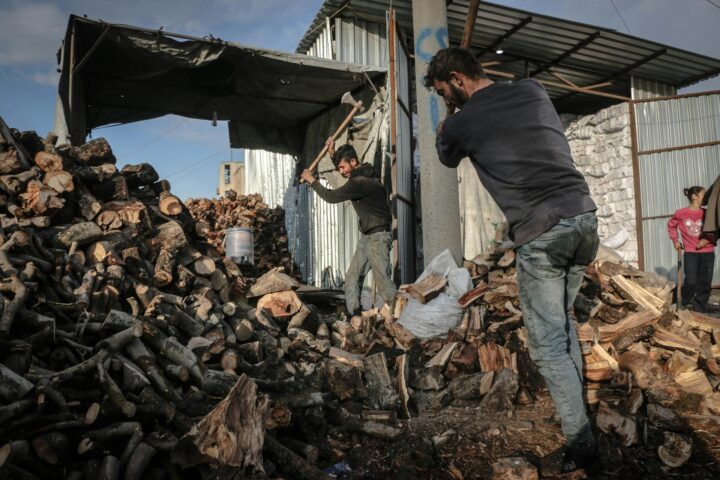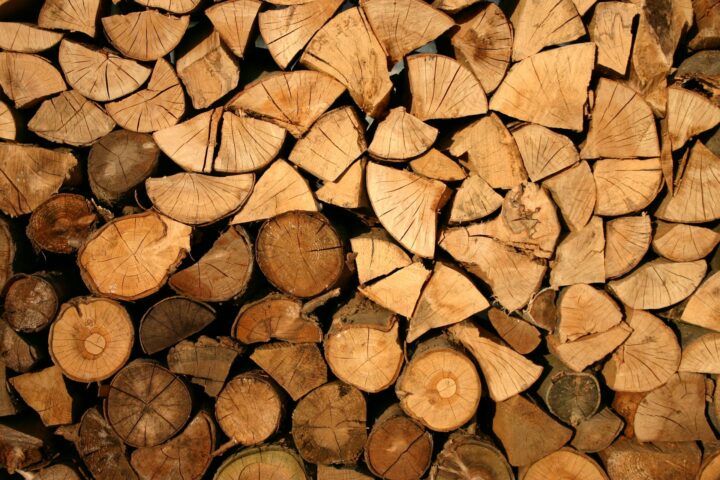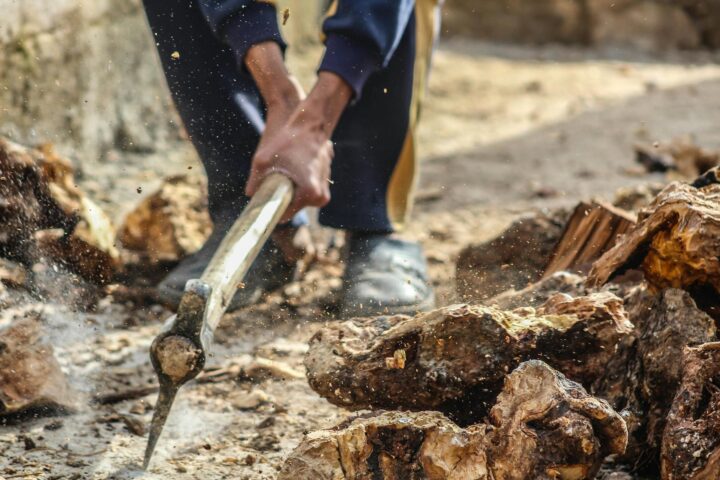-
Choosing the Right Kind of Wood to Use in Your Firepit
Building a fire in your backyard firepit is the perfect way to enjoy a summer night. There's something about gathering around a flickering flame that brings people together.
But before building that perfect summer memory, you must choose the suitable wood for your firepit. Not all wood is created equal when it comes to burning, so it's essential to do your research before heading to the store.
Five Things You Need to Know About Choosing Wood for Your Firepit
- The type of wood matters. Hardwoods like oak, hickory, or cherry burn longer and hotter than softwoods like pine or spruce. Hardwoods are the way to go if you want a fire that will last all night. However, they can be more expensive than softwoods. Pine is a good choice if you're on a budget—just be prepared to add more wood to keep the fire going.
- Avoid treated wood. Wood that has been treated with chemicals (usually for outdoor use) should not be used in your firepit. The chemicals can release harmful toxins into the air when burned, so it's best to steer clear. If you're unsure if the wood has been treated, ask a store employee before purchasing it.
- Seasoned wood burns better. Seasoned woods have been cut and allowed to dry for at least six months. Wet wood doesn't burn well because the water needs to be evaporated before the burning process can begin— meaning it will take longer for your fire to get going. You can tell if the wood is seasoned by checking for cracks at the end of each log; if it's crack-free, it's ready to burn.
- Don't burn trash in your firepit. It might seem like a good way to eliminate leaves and other yard waste but burning trash in your firepit isn't safe (or legal in some states). Burning trash releases harmful chemicals into the air, which can be dangerous for your family and neighbors. Instead, stick with natural logs that are meant for burning.
- Splitting logs makes them easier to burn. If you have a big stack of logs, you might be tempted to throw them on the fire at once—but resist the urge! Smaller logs will burn better because there's more surface area exposed to flames. Use an ax or a maul to split large logs into smaller pieces before adding them to your firepit.
An Enjoyable Experience Matters!
Building a backyard fire pit is a great way to enjoy summer evenings with family and friends—but only if you choose the right wood! Avoid treated lumber, go for hardwoods if you want a long-lasting fire, and make sure the wood is properly seasoned before adding it to your pit.
Don't forget to split large logs into smaller pieces; they'll burn better that way. By following these tips, you'll be sure to build the perfect summertime memories around your backyard fire pit!




